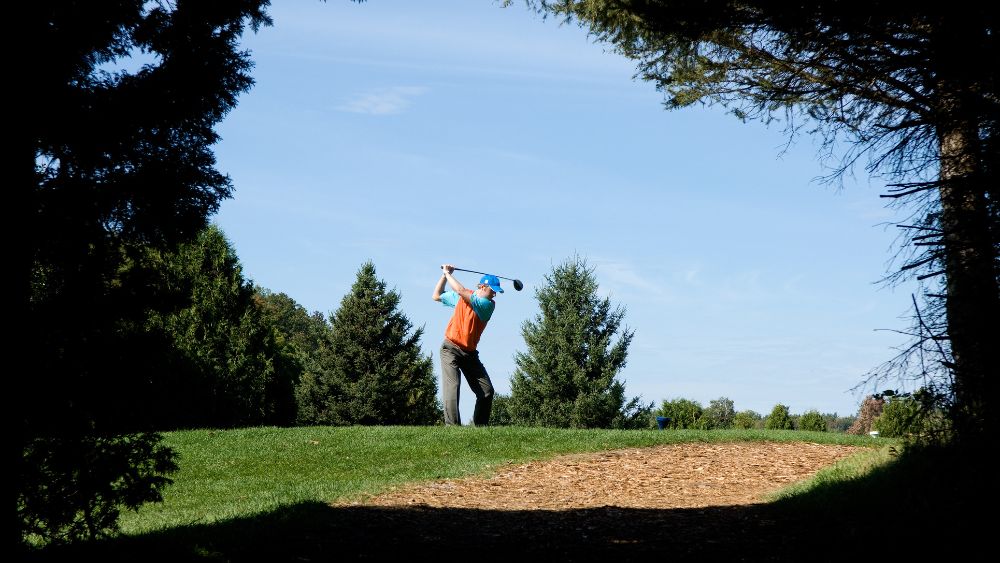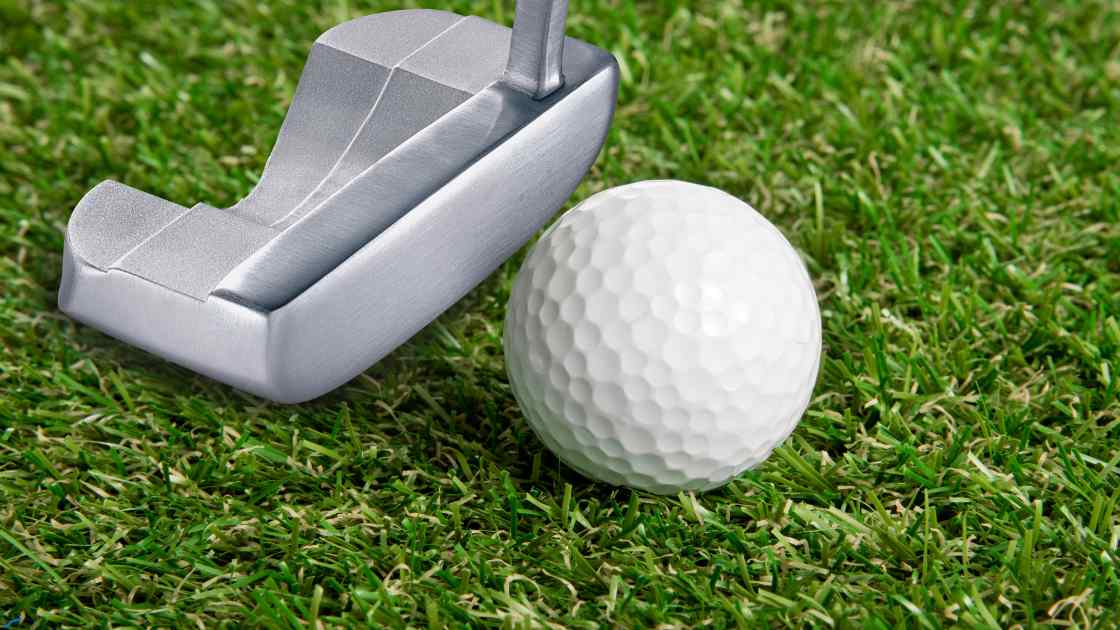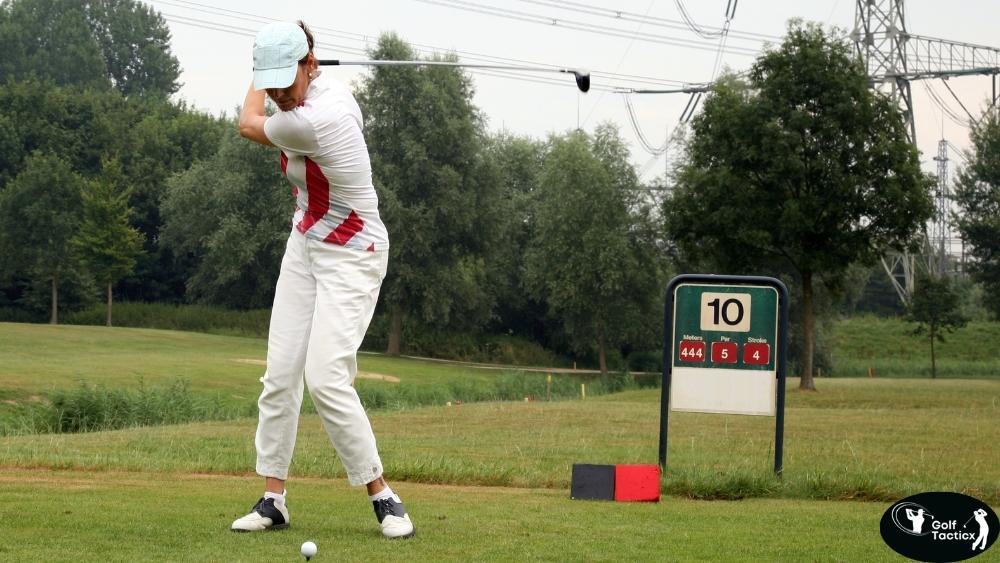Earlier, we talked about “Improving Swing Plane for Better Consistency” and how it can help enhance your game.
The transition from backswing to downswing is a crucial part of any golf swing. It’s the moment where your body shifts from preparing for the shot to executing it. Mastering this transition can help improve accuracy and power, making it key for every golfer.
To get the most out of your game, wearing the best golf shoes can also make a difference, providing stability and comfort. Choosing the best men’s golf shoes can further enhance your performance, especially during this vital phase of your swing.
Understanding the Transition Phase
The transition occurs when you shift from the backswing to the downswing. A smooth and controlled transition allows for better sequencing of your body movements, leading to more accurate and powerful shots.
Key Components of a Powerful Transition
Lower Body Initiation
Begin the downswing by shifting your weight to your front foot.
Rotate your hips toward the target, allowing your upper body to follow naturally.
Maintaining Posture
Keep your spine angle consistent throughout the transition.
Avoid excessive head movement to maintain balance and control.
Arm and Hand Positioning
Allow your arms to drop naturally into the slot, keeping the club on the correct swing plane.
Maintain a firm yet relaxed grip to facilitate proper wrist release.
Drills to Enhance Your Transition
Incorporating specific drills can help you develop a more powerful and controlled transition:
Wall Drill
Stand with your back to a wall, making a backswing and then initiating the downswing by bumping your hips toward the wall. This drill promotes proper lower body movement and helps prevent an over-the-top swing.
Step Drill
Take a small step forward with your lead foot during the transition. This encourages weight shift and proper sequencing, leading to a more powerful downswing.
Pause at the Top Drill
Pause at the top of your backswing for a brief moment before starting the downswing. This helps you feel the proper sequencing and timing of the transition.
Slow Motion Swing Drill
Practice your swing in slow motion, focusing on the transition phase. This allows you to feel the correct movements and build muscle memory.
Resistance Band Drill
Use a resistance band to simulate the downswing motion. This adds resistance, helping you develop strength and control during the transition.
Common Mistakes to Avoid
Being aware of common pitfalls can help you refine your transition:
Overactive Upper Body: Initiating the downswing with your arms or shoulders can lead to an over-the-top move, causing slices or pulls.
Early Extension: Standing up during the downswing can disrupt your swing plane and lead to inconsistent contact.
Lack of Rhythm: A jerky or rushed transition can result in loss of control and power.
Equipment to Assist Your Transition
Utilizing training aids can provide immediate feedback and help you develop a more controlled transition:
Orange Whip Trainer
A flexible shaft training aid that promotes balance and rhythm, aiding in a smooth transition.
Tour Striker PlaneMate
A resistance band system that guides your arms and body to move on the correct swing plane, enhancing the transition phase.
SKLZ Gold Flex Trainer
A weighted training aid that helps develop strength and flexibility, promoting a controlled transition.
Swing Align
A visual alignment tool that helps maintain proper swing plane and posture during the transition.
Tour Striker Smart Ball
A ball that attaches between your arms to encourage proper arm positioning and swing plane during the transition.
Conclusion
Developing a powerful yet controlled transition from your backswing to your downswing is vital for consistent and accurate ball striking. By focusing on lower body initiation, maintaining posture, and proper arm positioning, you can enhance this phase of your swing.
Incorporating specific drills and utilizing appropriate training aids will further support your progress. Remember, consistency and practice are key to mastering the transition and improving your overall game.
In the next post, we’ll explore how to Optimize Your Impact Position for Better Ball Striking and improve your consistency on the golf course.
















Leave a Reply